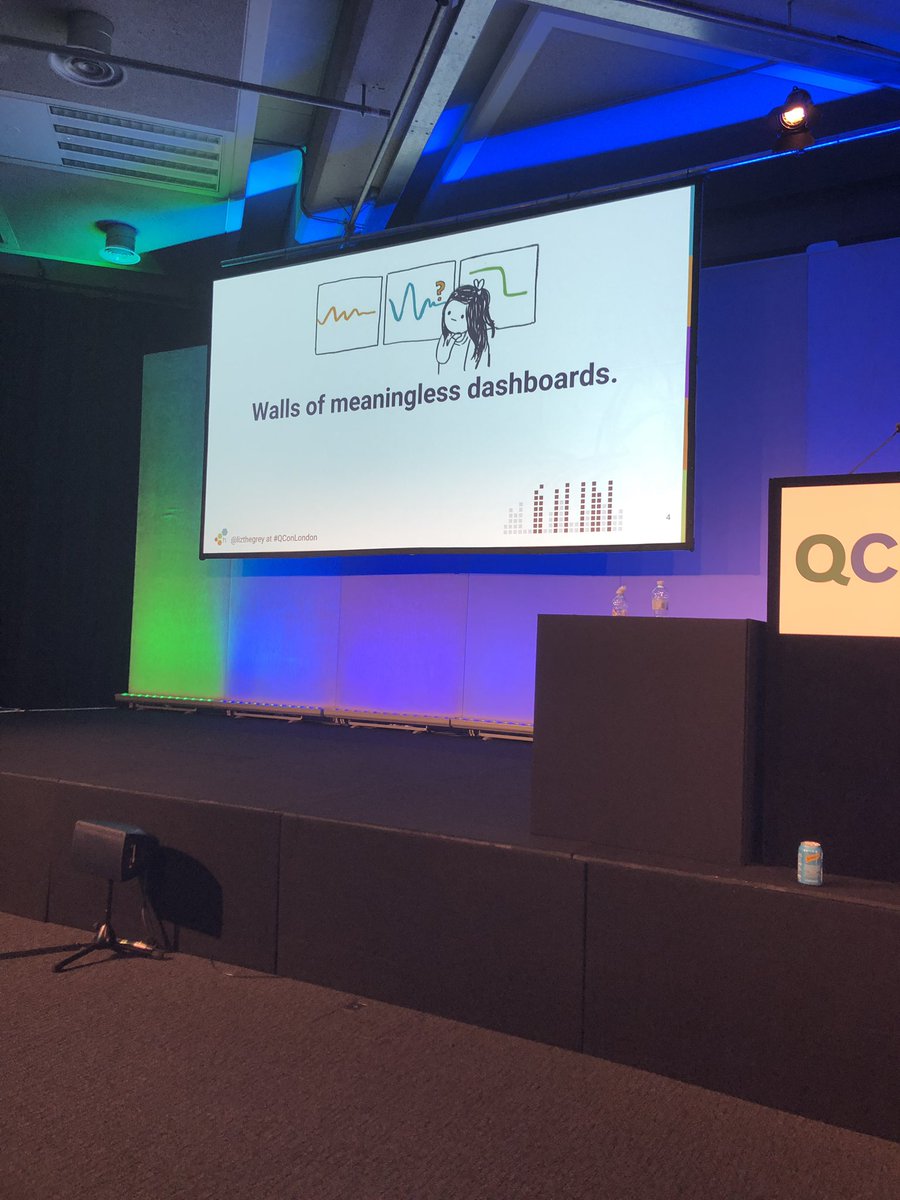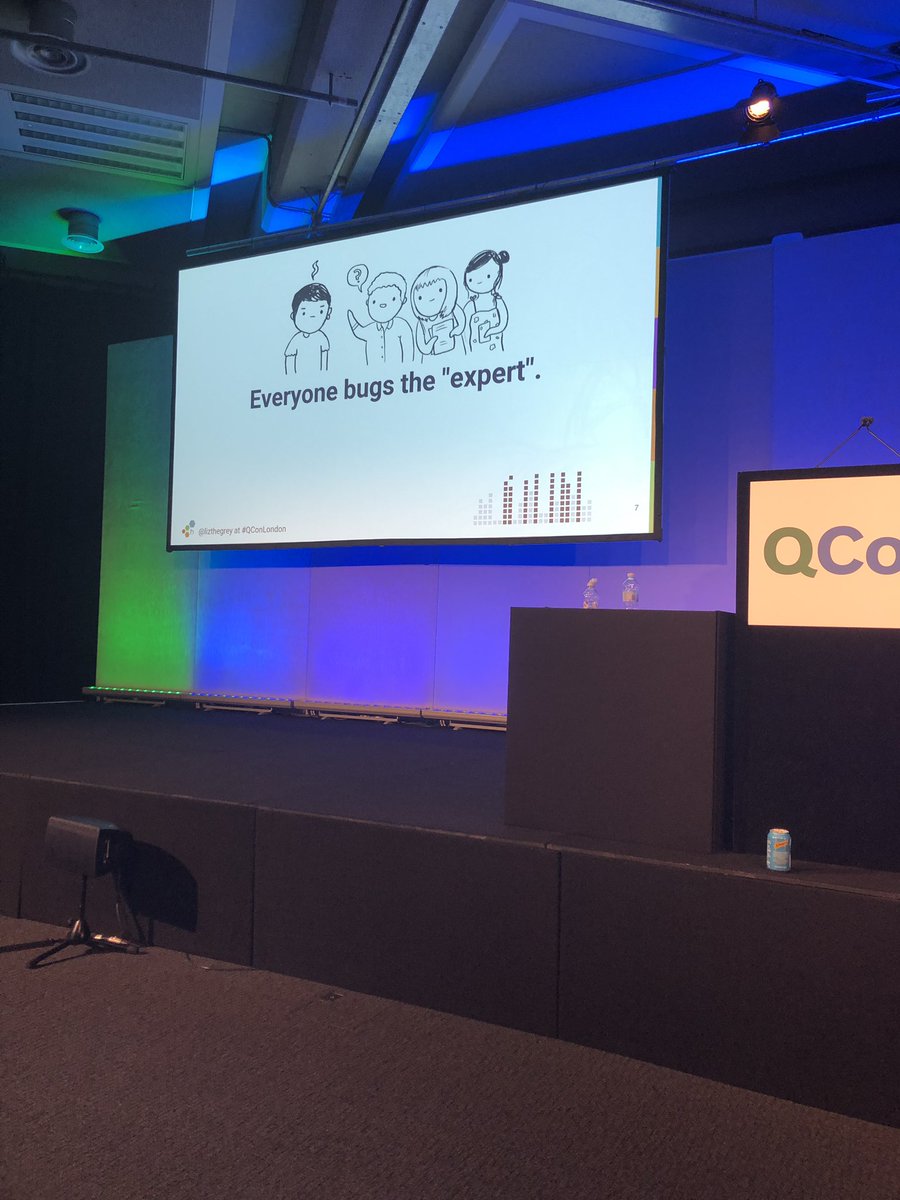It drives me bananas when designers adopt these concepts wholesale without questioning them or seeking to improve upon them. If they are useful, great.
I mean, here we are on the internet, sure.
But we still talk about hard/soft skills like that's a real thing.
It's not a law of physics.
This framework is too simplistic for thinking about the value of evidence-based, humanistic design, which is not a set of assets on a balance sheet, but a way of making decisions.
Appeal and efficacy are two totally different things—especially efficacy over the longer term.
Notice how many expenses seem to be outside of the reach of ROI calculation and justification, like executive compensation.
But also ask "What is the basis for that assessment?"
When someone tries to put you on the defensive about ROI of insight, start talking about the risks of ignorance.
Get them to justify placing that bet based…what?












